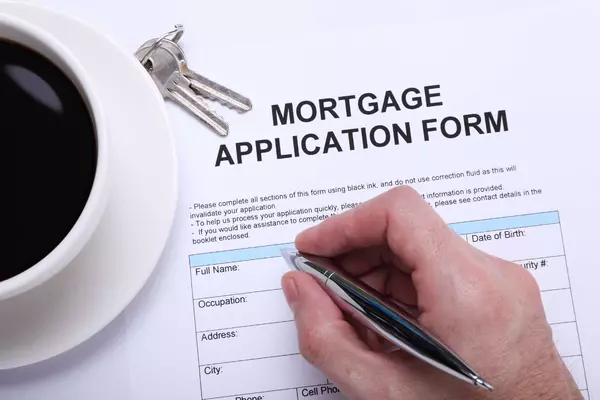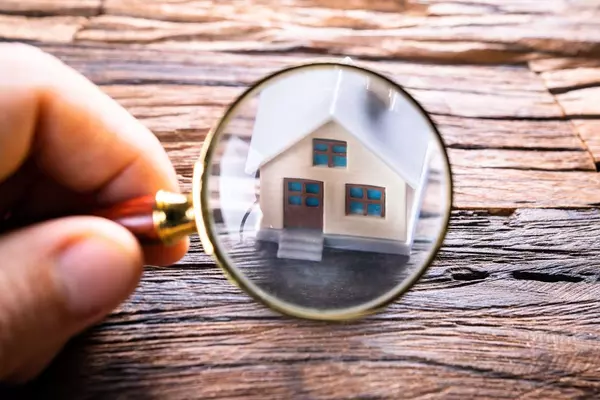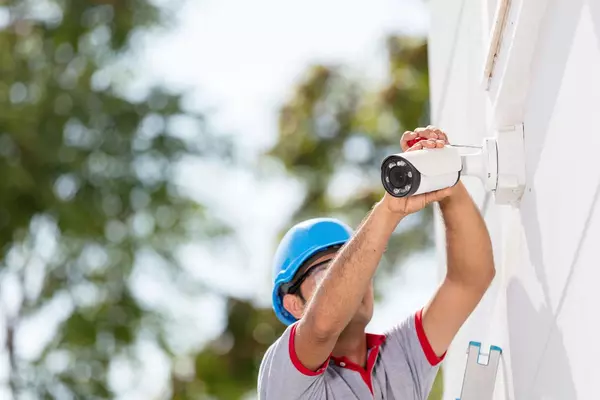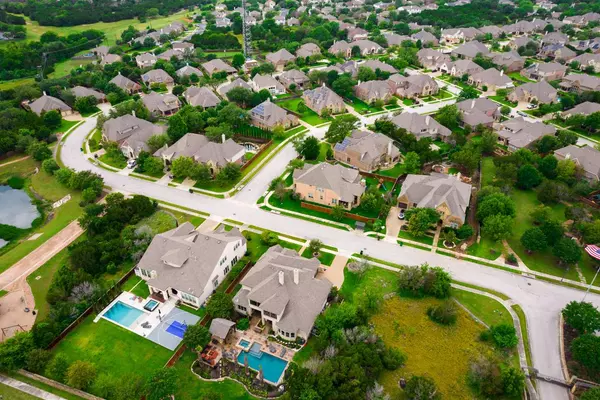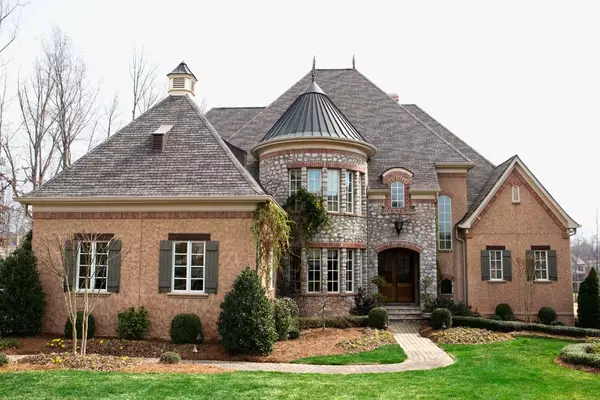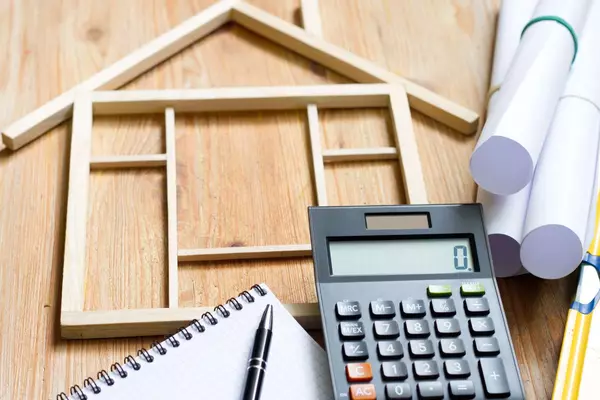The Hidden Costs of Homeownership You Should Budget for in Texas
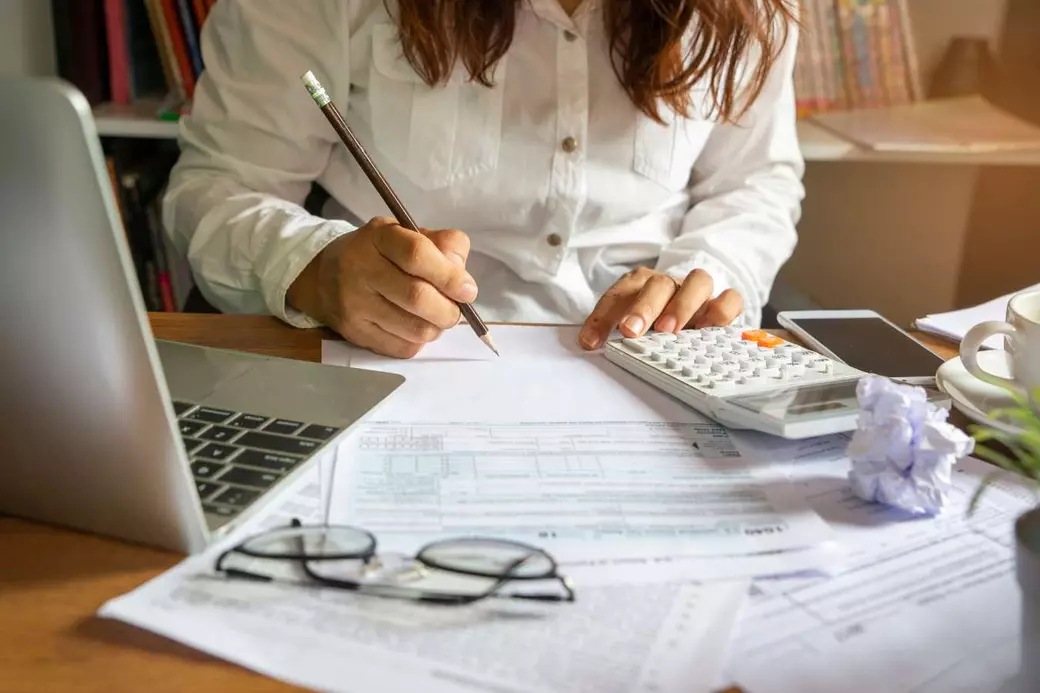
Buying a home in Texas is an exciting milestone, especially in fast-growing areas like Frisco, Prosper, and Southlake. But while most buyers focus on the down payment and monthly mortgage, it is often the hidden costs of homeownership that catch new owners off guard.
If you are a first-time homebuyer or planning to refinance and upgrade to a larger property, understanding the full scope of homeownership costs is essential. Proper planning not only prevents surprises but also strengthens your financial stability as a homeowner. This guide from Emmly Financial walks you through the overlooked expenses that come with owning a home in Texas and provides tools to help you budget smarter.
Property Taxes in Texas: Higher Than You Think
Texas does not collect state income tax, which is a win for many residents. However, it makes up for it with some of the highest property tax rates in the country. The average effective property tax rate in Texas is around 1.60 to 2.00 percent, but rates vary by county and school district.
In high-value areas like Collin and Denton Counties, annual property taxes can add thousands to your homeownership costs. For example, a $750,000 home in Frisco could come with a yearly tax bill of $13,000 or more, depending on exemptions.
Before committing to a purchase, make sure to:
- Look up the property’s current assessed value
- Factor in tax increases after a sale
- Ask your lender to include escrow estimates in your monthly payment
Homeowners Insurance and Storm Risk
Texas homeowners insurance is also above the national average due to the state’s size and exposure to storms, hail, and flooding. Homes in North Texas, including Prosper and Southlake, are especially vulnerable to wind and hail damage.
Monthly insurance premiums can range from $150 to $400 depending on coverage and location. If your property is near a floodplain, you may also be required to carry flood insurance even if it is not part of your lender’s initial quote.
Smart Tip: Consider using a weather-resistant outdoor security camera system that qualifies for a small insurance discount while improving peace of mind.
Affiliate Pick: Wireless Smart Outdoor Security Cameras with Night Vision
This affordable security system can deter theft, protect your investment, and reduce premiums through eligible discounts with certain insurance providers.
Utilities and Energy Bills in Larger Homes
Moving into a larger space is often part of the dream of homeownership. However, more square footage means higher energy bills, especially during the summer months.
Texas summers can push monthly electricity bills to $300 or more, particularly in homes with older HVAC systems or poor insulation. Water bills may also rise in newer suburbs due to higher base rates and irrigation use.
If you are budgeting for a new home or refinancing, factor in:
- HVAC maintenance or upgrades
- Smart thermostat installation for efficiency
- LED lighting and energy-saving appliances
Affiliate Pick: Energy Star Certified Smart Thermostat
A programmable thermostat can reduce cooling costs in Texas by 10 to 15 percent annually, making it a practical upgrade for both savings and comfort.
Home Maintenance and Emergency Repairs
Every home, no matter how new, requires ongoing maintenance. Experts recommend budgeting 1 to 3 percent of your home’s value each year for upkeep and repairs. For a $600,000 home, that means setting aside $6,000 to $18,000 annually.
Common maintenance costs include:
- Roof inspections and minor repairs
- HVAC servicing
- Plumbing issues or appliance replacement
- Lawn and landscaping care
- Pest control
Emergency repairs such as water leaks, electrical problems, or foundation shifts can quickly eat into your savings if you are unprepared. Home warranties may help, but many policies have exclusions or caps.
To stay ready, consider keeping a homeowner’s repair toolkit and an emergency savings fund separate from your down payment reserves.
HOA Fees and Neighborhood Expectations
Many Texas communities, especially in Prosper and Frisco, fall under homeowners associations. While HOA fees may seem minor at first, they can add hundreds or even thousands to your annual expenses.
HOA fees typically cover community maintenance, landscaping, pools, and enforcement of neighborhood standards. However, some HOAs also impose fines for violations or require special assessments for unexpected repairs to shared amenities.
Make sure to:
- Review HOA rules before buying
- Understand what is included in your dues
- Budget for potential increases or one-time assessments
Moving and Furnishing Costs
After the close, the real expenses begin. Moving costs, utility connection fees, window coverings, furniture, and basic home setup items often get overlooked in early budgeting stages.
Even modest furnishings can cost several thousand dollars, especially if you are upsizing. Many first-time buyers find themselves delaying upgrades because they did not budget for them from the start.
Start with the essentials and plan out upgrades over time to avoid overextending your finances after closing.
Plan Smarter, Buy Confidently
Owning a home in Texas is a rewarding long-term investment, but it comes with ongoing financial responsibilities. When you understand the hidden costs of homeownership and build them into your budget, you are more prepared to enjoy your property and make sound financial decisions.
At Emmly Financial, we help Texas buyers and homeowners in markets like Frisco, Prosper, and Southlake prepare for the full picture of homeownership. Whether you're buying your first home or refinancing a property you love, our expert guidance ensures you're not caught off guard.
Contact us today to get pre-qualified or discuss your refinancing goals with a mortgage professional who understands the real costs of Texas living.
Categories
Recent Posts

